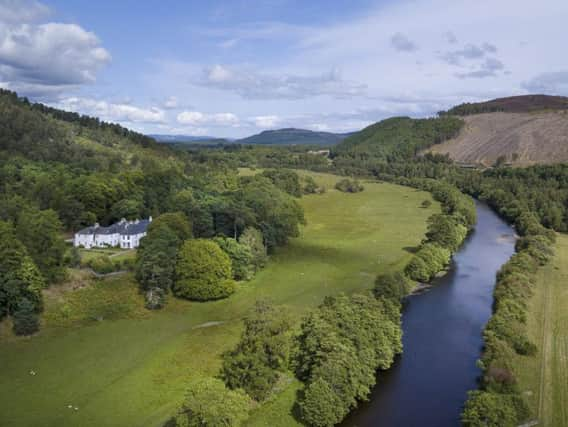Without effective marketing, tourist numbers could slow to trickle - Laurie Piper


While Edinburgh, Skye and other ‘honeypots’ are grappling with how best to manage the volume of visitors, the region of Scotland that is home to the largest concentration of whisky distilleries in the world is embracing a much-needed increase in tourist numbers.
Since starting as head of Moray Speyside Tourism, the area has become one of the fastest-growing destinations in the UK. At Moray Speyside, we are welcoming the flow of domestic and international visitors as a boost to an economically fragile part of the country.
Advertisement
Hide AdAdvertisement
Hide AdWhile whisky lovers flock to iconic distilleries such as The Macallan and Glenfiddich as well as more craft distilleries such as Benromach or BenRiach, Moray is also becoming known for its world-famous coastline, golden sands, its incredible landscape and its adventure sports.
However, that flow could become a trickle, just look at Perth and Kinross where the number of international visitors has halved over the past year. By contrast, visitors to Dundee and Angus have been rocketing. That's the difference made by effective destination marketing, the type that destination marketing organisations (DMO) like Moray Speyside Tourism do.
We all know the story; council cuts and services being slashed. Whether it is Marketing Edinburgh losing Edinburgh Council funding or the loss of public funding for Moray Speyside Tourism, it’s a Scotland and UK-wide challenge for one of our most important sectors.
So, who funds regional tourism? There’s no uniformity across the country. While VisitScotland is the country’s tourism organisation, their job is to market the country to the world, not to promote individual areas. Some places have a DMO, some don’t.
We see the Tourism Business Improvement District (Tourism BID) scheme as an innovative and effective means of investing in Moray’s tourism industry, as it could be for other regions of Scotland too. Businesses invest funds to support the growth and development of the area’s tourism industry. It has worked successfully in Inverness and Loch Ness, with the Tweed Valley recently voting to introduce a Tourism BID too. It’s a model backed by VisitScotland chairman Lord Thurso who said it "will allow the industry to continue to develop and thrive".
Without the Tourism BID, there will be no further marketing of the region or support for Moray’s tourism businesses after the end of January.
Tourism BID ballot papers have been issued to every eligible business in the area and voting has been open since the beginning of December to decide whether the Tourism BID will be introduced. Results will be announced on Thursday.
In 2018, tourism generated £130 million for the Moray economy, with the region welcoming almost 800,000 visitors who supported more than 2,800 local jobs. The Business Improvement District will invest more than £1m in regional tourism development over the course of its five-year term.
Advertisement
Hide AdAdvertisement
Hide AdIf businesses vote yes to the Tourism BID proposals, their financial contributions, largely no more than 75p per day, will not only fund an exciting programme of initiatives and open the door to leveraging significant extra funding, each business will also be investing in the future of their own regional tourism industry, taking control and accountability for the future direction of Moray Speyside into their own hands. Most importantly, continuing to generate the demand in key markets means more bookings on websites, guests in hotels and self-catering properties, visitors to attractions and cash in tills.
I hope businesses this week vote yes to the Tourism BID proposals and would urge other parts of Scotland to take a look at the model as a sustainable future for regional tourism promotion.
Laurie Piper is Moray Speyside Tourism’s operations manager